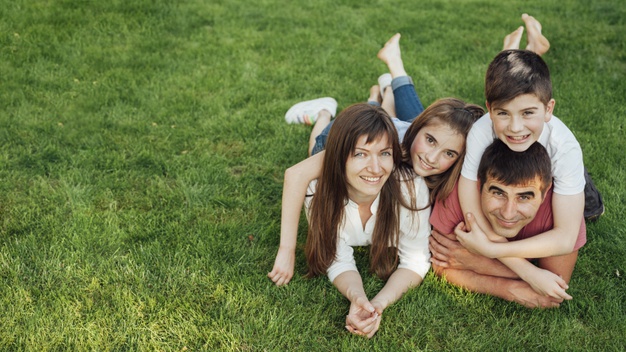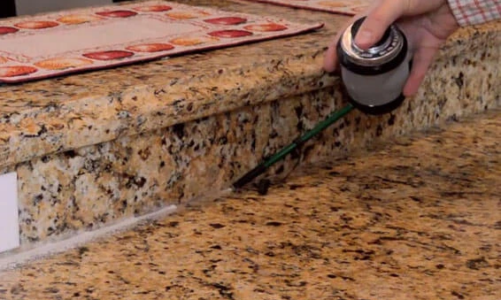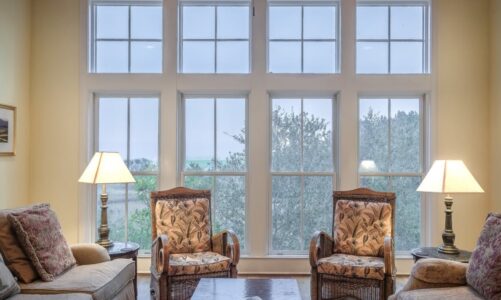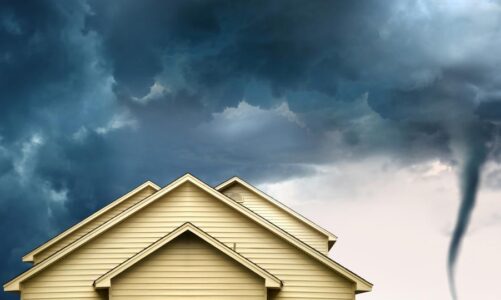Grass has been chosen for centuries to create lawns because it is usually appealing, pleasant to walk on, represents the color green for money and is excellent for creating harmony and balance in the garden. It is also a plant most commonly chosen because it is hard wearing and can be cut down repeatedly and continues its lush green vibrant color. In most cases, the grass lawn is the simple most area in the garden so it is important to shape and position the area carefully.
The lawn serves several functions, it is attractive in its own right, however it creates a flow of energy leading the eye to the beautiful flowerbeds at the edge of the lawn. The green color blends so beautifully with all the bright colors of the flowers in your garden. The level surface of the grass forms a foil for more sculptural plants around the border of the lawn. The lawn is even more attractive when edging it with stones or bricks. When edged with stones or bricks, it makes it easier for cutting the grass without damaging other plants.
When planting a lawn there are many different types of grass to be considered. Cool-season grasses are widely used throughout America, Europe and Great Brittan with similar climates. The most common grass is bent grass (bluegrass also known as meadow grasses and perennial ryegrass.

Bents are the most tolerant for close mowing and are quite hardwearing. Meadow grass is more resistant to wear, however it cannot be cut as low. Ryegrass can tolerate most soils, including heavy clay; however, it does not like to be closely mowed. Bluegrass is annual and considered by most gardeners as a weed.
It is common to mix several types of grass together because it improves the texture and overall color. Bermuda and zoysia grasses are considered warm-season grasses and are the most common in warm weather areas; however, they become dormant and lose their color at temperatures below 50F. In temperatures above 50F, consider cool-season grasses such as ryegrasses. For cool-season and high-quality lawn, a mixture of Kentucky bluegrass and red fescue is the best for most soils and regions.
For lawns, such as wet or dry areas choose a grass mixture that is designed for such conditions. There again consult with your local nursery to find the most suited grass for your area.
There are other ground covers such as chamomile and different species of moss, however, they do not stand up to continual use and not advised for the main lawn. These types are primarily used for ornamental purposes in a patio area to provide a patch of green or around a pond or statue area. Dichoudra is a ground hugging plant that has small leaves that look like water lily pads.
If you are planning to establish a new lawn, it is easier and cheaper to prepare the yard properly rather than to try to save the partially grassed area that is in poor condition. Remove all the old grass and start from the beginning. The ideal topsoil for a lawn is a sandy loam at least eight inches in depth, overlying free-draining subsoil. If the soil does not drain freely, the drainage should be improved. If the top soil is poor, it is necessary to add new topsoil. If you have it in another part of the garden, it can be moved to the area where you are working or else it can be bought and brought in, however this may prove costly.
Speaking of drainage leveling the site and adjusting the Ph levels of 5,5-7 depending on the type of grass you use. This could vary a little in your area. Once the surface is prepared, fertilizer has to be applied. The fertilizer should contain nitrogen, phosphorus and potassium. Lawns that have not be fertilized for years could be deficient in all three nutrients. You can then plant grass seed or sod the lawn.
In cool season, grasses can either be seeded or sodded. Seeding is usually the cheapest method, however it may take up to a year before the grass is well established. Sodding although, more expensive gives an immediate visual effect and only take two to three months to become permanent.
If you use sod, always buy from a reputable, established garden center. Be sure to check the grass for insects or diseases before making the purchase. Sod comes in different sizes and shapes. High quality sod comes in one-foot squares and lower quality comes in three by one foot. It is best to place the sod the same day of purchase. If the sod is left any length of time, it turns yellow and dies. It can be laid anytime of the year with weather permitting. If possible, choose the rainy season for best results.




